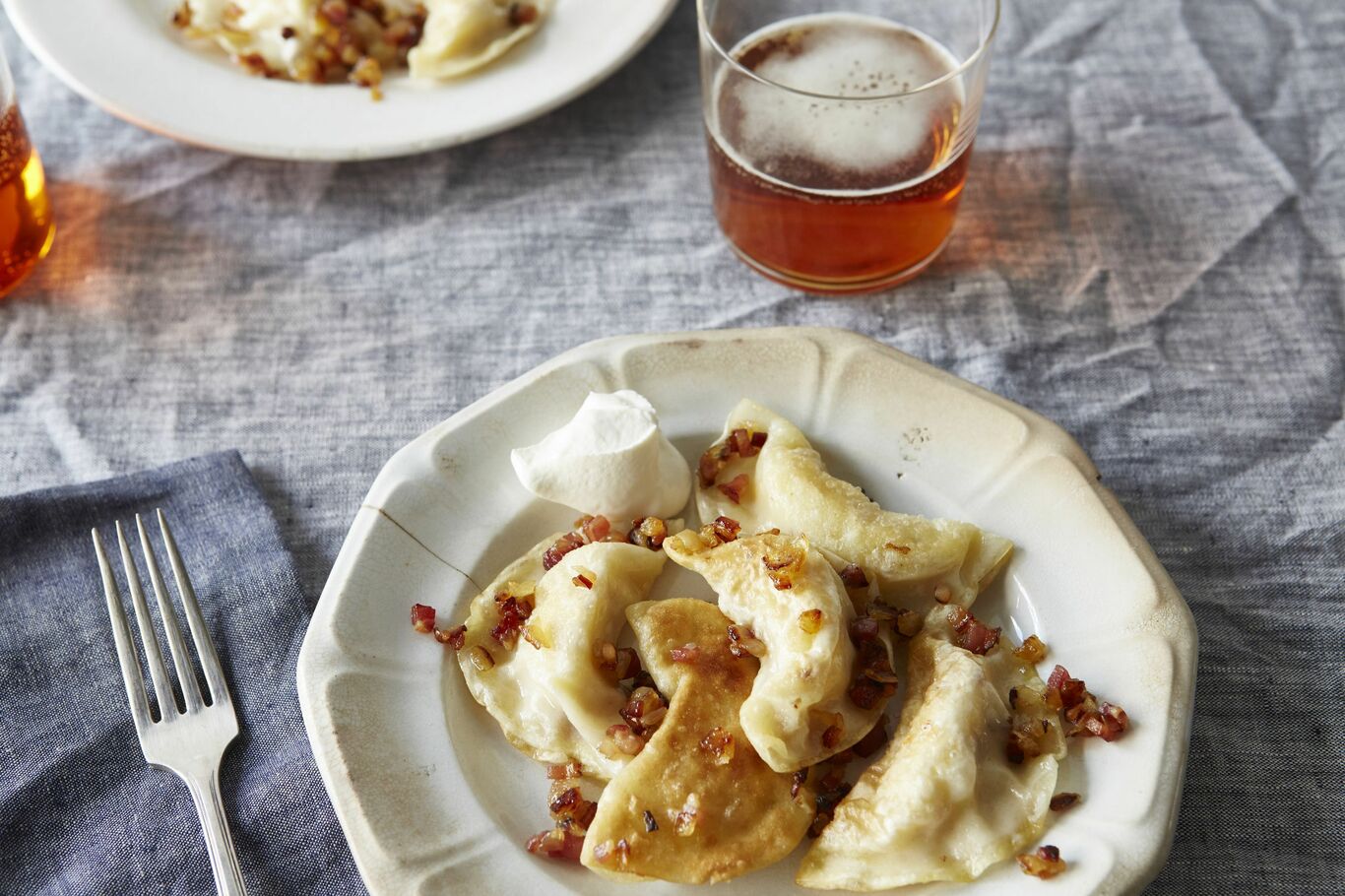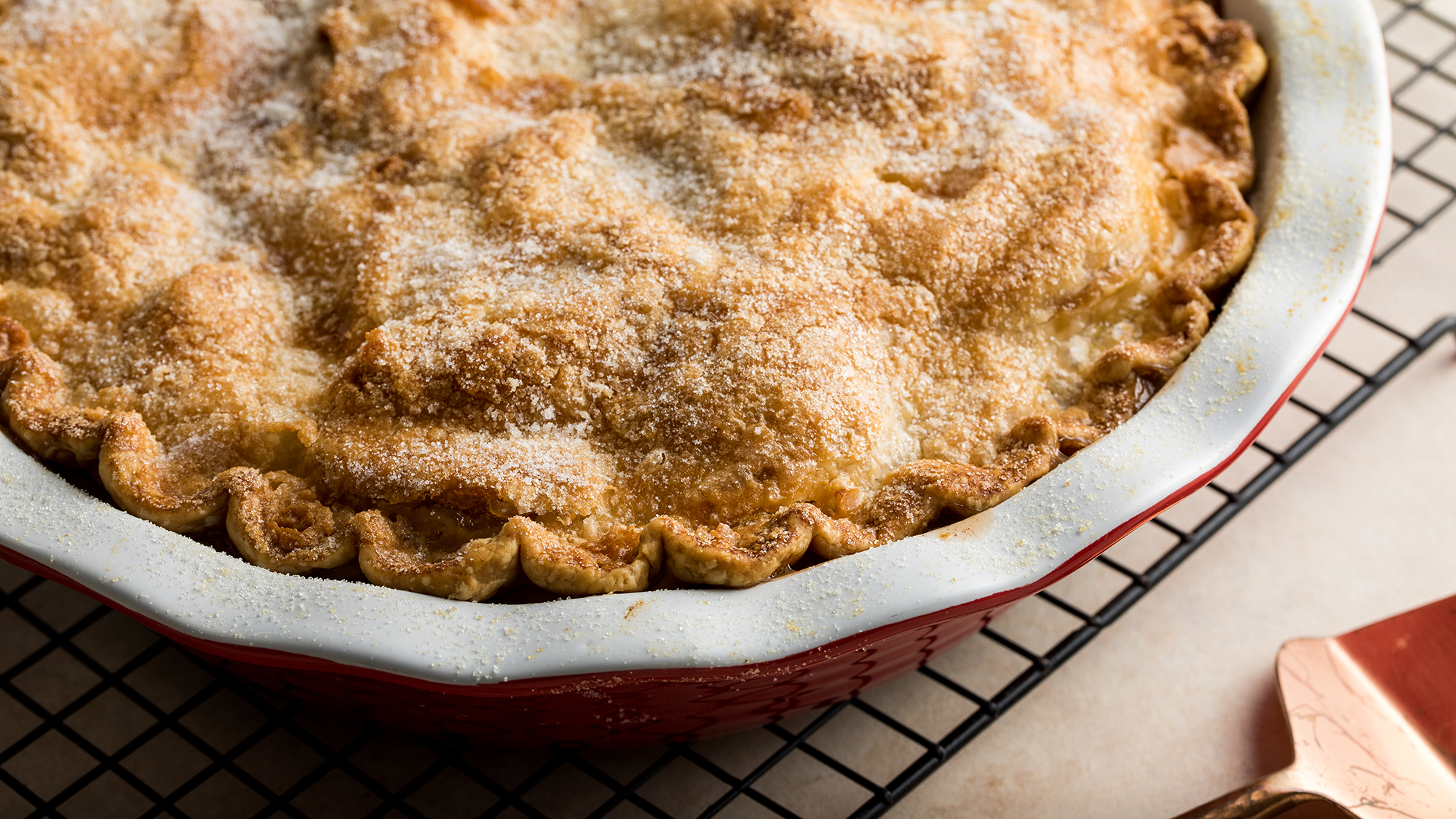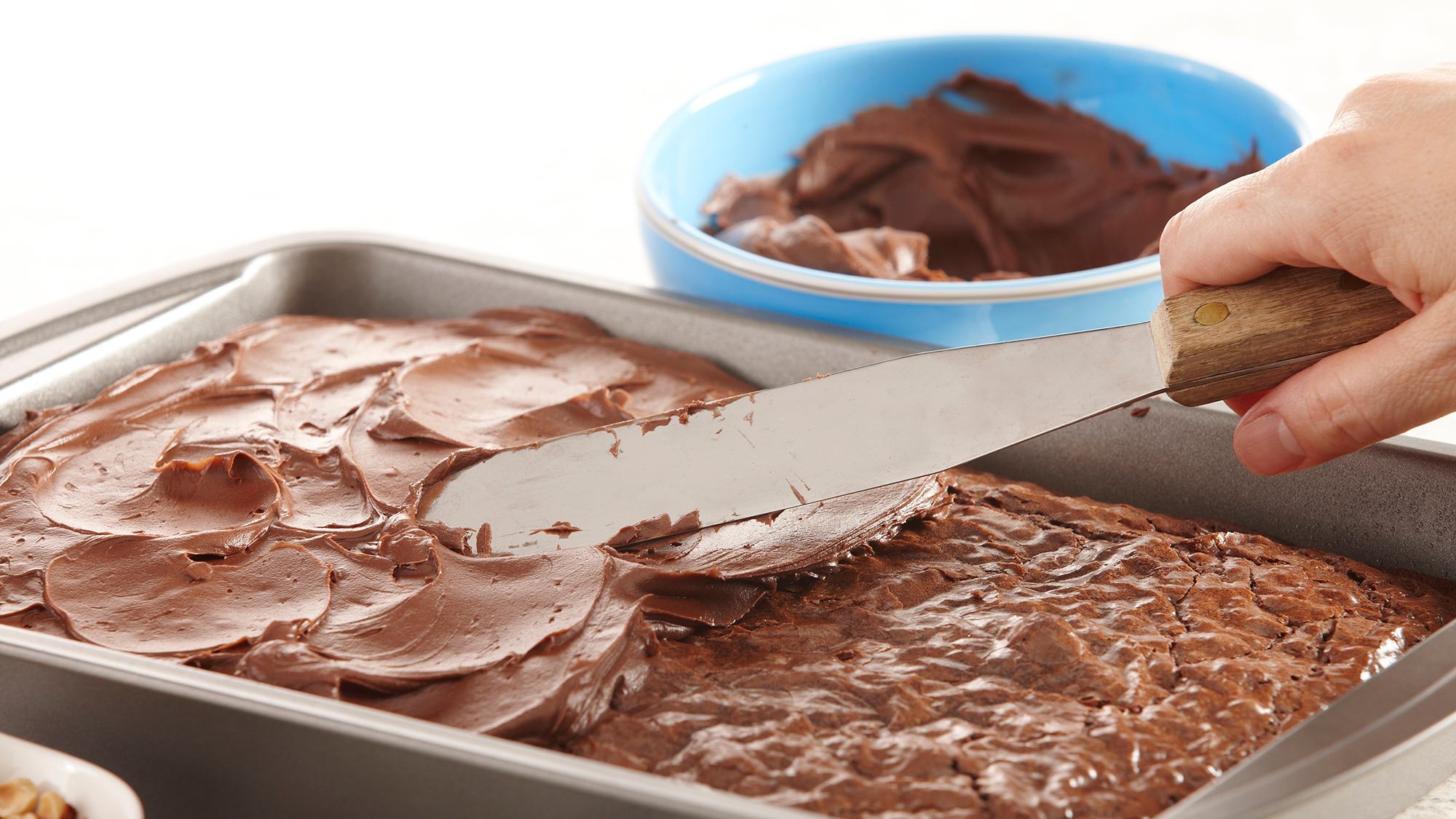I was taught to make pierogi by Monika Satur-Szydlowski, an amazing Polish woman who learned to make them when she was a child, cooking with her mother and grandmother in the town of Opatów.
Monika grew up on a large farm where they grew everything they ate—she learned to tend the soil, feed animals, and cook breakfast, lunch, and dinner without stepping in a grocery store.
She talks about how the food always tasted so fresh: a true farm-to-table experience before it was trendy. As she explained, “The food made us strong. I never caught a cold until I left Poland!” Her grandmother, who also lives on the farm, still tends the land today, at 89 years old. “All she needs is one vitamin a day and the food of our farm to be healthy!”
Cooking with her grandmother and mother are fond memories for Monika. She learned how to make many Polish specialties like pierogis, sauerkraut, and the delicious soups served every night for dinner.
Pierogi—little pasta dumplings filled with potatoes and lightly dressed with onions and crispy Polish bacon—are a family staple in many Polish homes, and Monika showed me exactly how her grandmother makes them, which is simple and utterly delicious.
Monika starts with boiling water and a specialty flour called Maka Puszysta, a very fine flour made just for pierogi dough. If you don’t have a Polish grocery nearby, Monika suggests using extra fine flour (like Italian "00" flour used for pasta-making) as a substitute, as long as there are no additives. The boiling water helps create an elastic dough that doesn’t open up when cooking, so don’t skip that step!
According to Monika, Polish women take great pride in their pierogi and personalize them by creating a fancy border to seal them. Monika showed me how her family pinches the dough to create a scalloped edge; others roll the dough as they seal it to create a rope-like border, similar to that of an empanada. You can always tell whose mother made the pierogi based on the border. It’s the family seal… literally.
A couple of notes on the recipe:
- To save time, Monika sautés enough onion for both the filling and the topping with the bacon while the dough rests. While the bacon goes only on top of the pierogi, half the onion goes into the filling, as well. So she cooks the onion and bacon together—so that the alliums have a nice flavor—then removes half of the onion for the filling.
- Also, because Polish food is very simple and not very seasoned, Monika makes sure to heavily salt the cooking water. That way, the dough absorbs a bit of the salt and has more flavor. She hates a bland pierogi! - And, much to her mother's chagrin, she loves making riffs on the family recipe. She will sauté spinach with Parmesan for the filling. In addition, Polish people make pierogi with a number of sweet fillings for the holidays. You can get really creative once you master the dough.
- Finally, since the recipe makes 50 pierogi, Monika suggests freezing some for when you get a craving. She seals them in freezer bags and boils them whenever she wants a quick weeknight dinner.
Monika's Perfect Polish Pierogi
For the pierogi dough:
- 1 1/2 cups boiling water
- 1 pound Polish flour, or extra fine flour with no additives
- 1 teaspoon extra-virgin olive oil
- 1 egg, beaten
- Flour, for shaping
For the filling and topping:
- 6 medium Yukon Gold potatoes, peeled
- 1 tablespoon extra-virgin olive oil
- 4 ounces Polish bacon or pancetta, finely diced
- 1 large yellow onion, finely diced
- 8 ounces farmers cheese
- Salt and pepper, for seasoning
- Sour cream, for garnishing (optional)
This article was written by Anna Francese Gass from Food52 and was legally licensed through the NewsCred publisher network. Please direct all licensing questions to legal@newscred.com.









